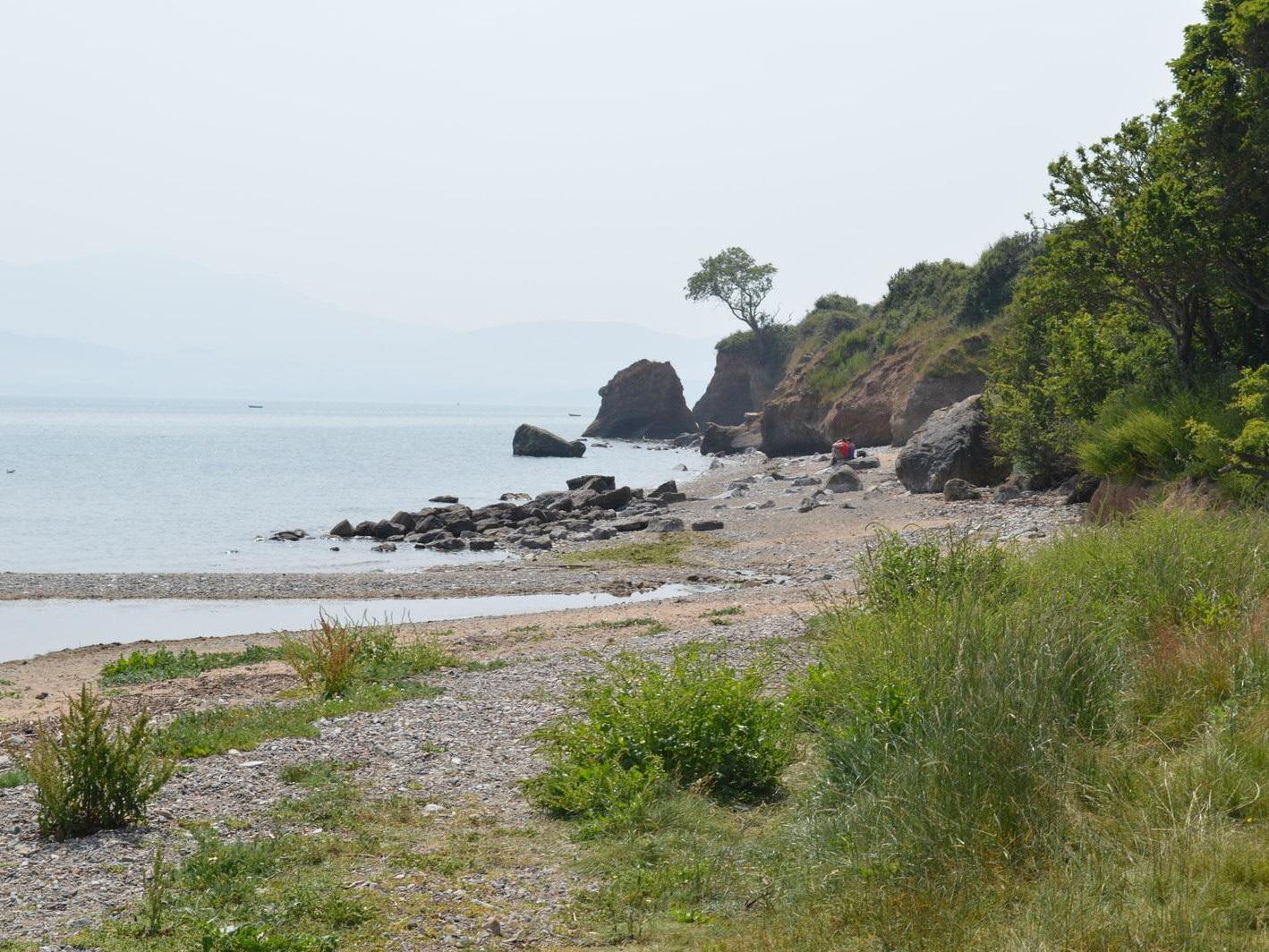Historic Welsh beach with Ice Age features ‘trashed’ by council bulldozers, campaigners claim
‘It is a travesty,’ says local walking guide

Your support helps us to tell the story
From reproductive rights to climate change to Big Tech, The Independent is on the ground when the story is developing. Whether it's investigating the financials of Elon Musk's pro-Trump PAC or producing our latest documentary, 'The A Word', which shines a light on the American women fighting for reproductive rights, we know how important it is to parse out the facts from the messaging.
At such a critical moment in US history, we need reporters on the ground. Your donation allows us to keep sending journalists to speak to both sides of the story.
The Independent is trusted by Americans across the entire political spectrum. And unlike many other quality news outlets, we choose not to lock Americans out of our reporting and analysis with paywalls. We believe quality journalism should be available to everyone, paid for by those who can afford it.
Your support makes all the difference.Council-hired bulldozers have “trashed” a historic beach in north Wales globally renowned for its Ice Age features, campaigners have claimed.
Aber Lleiniog beach is part of a protected coastal site attracting international archaeologists, geologists and historians who come to study glacial-age rocks and the remnants of a medieval trading wharf.
The community group Friends of Llangoed said workmen from Isle of Anglesey county council had ruined a 200-yard stretch of beach by using bulldozers to remove rocks.
Local campaigner Gareth Phillips said the works were an “absolute catastrophe” and had ruined a key part of a 6km area designated a site of special scientific interest (SSSI).
“It is a travesty, it has been trashed,” Mr Phillips told the North Wales Chronicle. “The council just came in. No one knew it was happening until it was too late.”
The Llangoed resident, who leads historic walks in the area, added: “What we have lost in terms of the history, geology and archaeology is irreplaceable.
“Aber Lleiniog’s beach and its rocks and features gave us significant evidence of our past going back twelve thousand years and more.
“It told us the story of this part of north Wales, and had global importance to academics, scientists, archaeologists and historians,” said Mr Phillips.
An Isle of Anglesey county council spokesperson said the local authority had carried out works at the beach “to alleviate flooding issues in the area”.
But Mr Phillips insisted workmen had ripped up precious parts of the site.
He explained how the rocks revealed signs of the Pleistocene-era incursion of Irish Sea ice and post-glacial peat bogs. The beach also shows traces of a wharf where ancient traders brought goods along the estuary.
Natural Resources Wales – the Welsh government-sponsored body tasked with protecting the landscape – is now leading an investigation into the controversy.
A spokesperson told The Independent: “The Welsh government and Natural Resources Wales are currently investigating reports of damage to the site of special scientific interest (SSSI) at Aber Lleiniog, Anglesey, following work contracted by Isle of Anglesey County Council.”
She said they would be looking at whether the council “breached the conditions of the marine license” and whether important historic features had been damaged.
Join our commenting forum
Join thought-provoking conversations, follow other Independent readers and see their replies
Comments